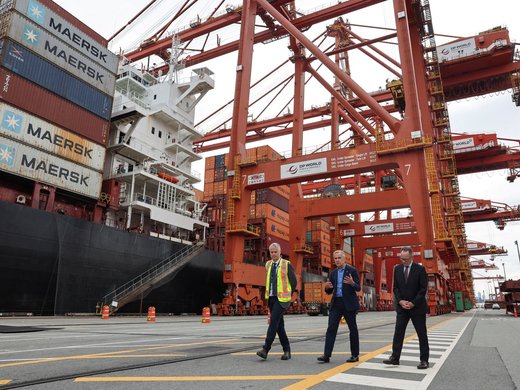Policy fads can be as fickle as fashion trends. Many years ago, industrial policy was all the rage. Proponents argued that "strategic" interventions in key industries could foster development and spur growth. Japan, with its mighty Ministry of International Trade and Industry (MITI) was held up as a model. And books with titles such as "Japan as Number One" warned ominously that countries failing to identify and support strategic sectors would risk falling progressively behind.
But then the mood (or is it mode?) changed; governments around the globe embraced privatization — not planning — and industrial policy fell from fashion.
Is the pendulum about to swing back?
In the wake of the global financial crisis, growing concerns about inequality and the waiting for Godot economy, a number of economists are arguing that it should; a "new" industrial policy has emerged in recent years. In contrast to the "old" approach, new industrial policy is not about "picking winners" (individual firms to be national champions) but ensuring the provision of key public goods and stimulating innovation and entrepreneurship.
The starting point is the proposition that market failures may result in private markets under-investing in innovation. In this respect, while there may be potential inefficiencies of old-style industrial policies that support industrial dinosaurs, sucking up taxpayer money, there may be inefficiencies of having blind faith in the ability of private markets to deliver the optimal rate of innovation.
The new approach recognizes that not all firms availing themselves of these policy initiatives will be winners. Some will be losers. Ex ante, uncertainty implies that mistakes will be made. But, as Dani Rodrick has pointed out, Thomas Watson, an early chairman of IBM, once observed: "if you want to succeed, double your failure rate." The point being, innovation that generates the next "big thing" is risky; that is the nature of science. However, the returns from innovating and succeeding can be high.
In this respect, the new industrial policy argues that you can't look at individual failures to evaluate the effectiveness of the policy. You must, rather, look at the entire portfolio of companies and gauge success of the policy on whether the "winners" compensate for the failures. This portfolio approach requires transparency and clarity about objectives of the program and a"culling."
The question is: can you identify the losers and stop them? Proponents of the new industrial policy acknowledge the need for a new politics to support new Productive Development Policies. In particular, Rodrick argues, there is a need for some degree of policy permanence — policies that outlast a particular administration. This would require a consensus across the political spectrum that might be difficult to secure.
But there is another challenge with new the industrial policy: a possible political dynamic that prevents the necessary culling of the losers. What if a firm (or sector) fails to successfully invest in innovation and instead "invests" in political protection? Getting government protection (through tariff walls or entry restrictions) is an age-old antidote for inefficiency, as Adam Smith identified in the Wealth of Nations. In this respect, while the intellectual argument for new industrial protection rests on innovation, the potential criticism of it is classical.
That being said, if global prospects in The New Age of Uncertainty are restrained by a waiting for Godot economy, some "outside the box" thinking may be required.


